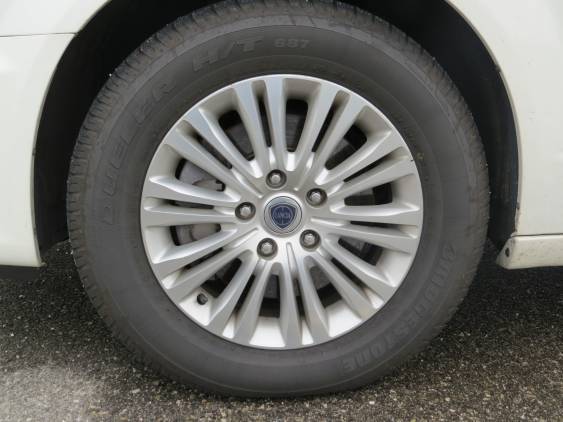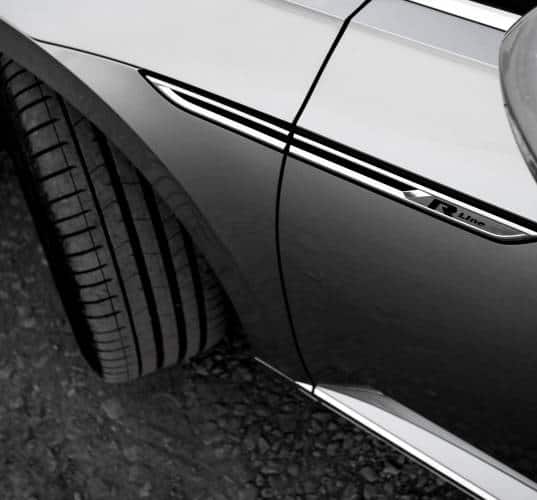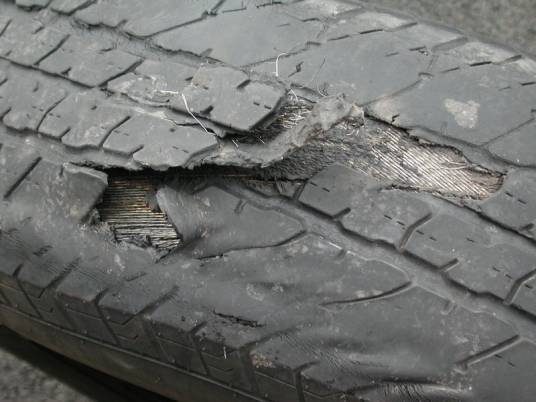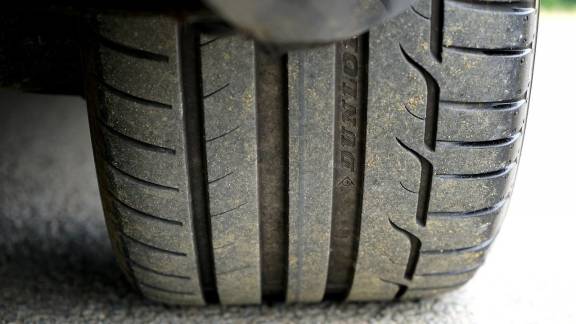Whether your tires are worn out or you’re just looking for better tires for your vehicle, knowing which tires will work best is a more or less straightforward task.
Replacing your tires with the wrong size can be nothing short of disastrous — not only does it mean that your car won’t drive right, but you can also be putting yourself and your loved ones at risk.
The right size of tires has a big impact on the way that your vehicle drives. It changes the weight distribution and driving dynamics. Having the wrong tire size is bad enough, but putting inconsistent tires in the front and back can also make the vehicle unsteady and precarious.
Many people make the mistake of thinking that they can swap out their tires for any other size of tires in the market for aesthetic reasons. While you might fantasize about your vehicle with gigantic tires to give it a huge makeover, bigger tires aren’t always better. Your vehicle has been specifically engineered with a limitation and upper cap on tire size according to the suspension, shocks, and lifts, as well as fender lines. Putting the wrong size can hijack all of these elements which can lead to some unexpected and dangerous outcomes.

However, you can also get away with the wrong size of the tire at times if you’ve replaced all four tires on the vehicle. Having inconsistent tires is definitely more problematic than a different size for all four tires. You should also note that having the wrong size of tires will mean that your speedometer reading can be off. Speedometer calculates your speed according to the tire size as well, so if you’re willing to compromise and adjust with an inaccurate reading for the sake of better looking or bigger tires, it might make sense for you.
Table of Contents
Can I Replace 235 tires with 245 Tires?
Yes, you can safely do a switch from 235 tires to 245 tires as long as you change all four tires, and you’re aware of the difference that this will provide to the driving experience. The 245 tires are a bit bigger than the 235, and this can cause your speedometer reading to be a little off. The difference is not major, and you need to remember that you’re always driving at 0.5 mph slower than the speedometer reading.
When is the right time to replace tires?
Tires are built to be durable, but the time comes when you cannot keep filling air and you have to throw them out and get new ones. You don’t have to necessarily wait for an irreparable puncture before you can get new tires, and it’s always better to look out for signs that your tires are no longer working in optimal condition. Driving with old tires can be a major hindrance to the driving experience as well as your vehicle’s safety.

Here are some of the warning signs that you need to replace your tires according to a couple of different factors:
Wear and Tear
Tires can get worn out early in their lifespan due to the extreme conditions that they’ve been exposed to. This is unfortunate but also is a necessary replacement since having worn-out tires can compromise driving safely.

You’ll see the difference in the tread depth for a brand new tire and a worn-out tire. This generally happens because the important resins of the tire are depleted. These resins and other fortifying materials are important for the tire’s high performance.
As a general rule of thumb, tires will last anywhere between 8-10 years before they’re too old to work properly anymore and are past the point of repair. While it is rare, tires can be worn out before the 8-10 years mark because of extreme weather conditions.
Road Weekly shared some great insights on replacing Polaris ranger tires on their site. They said you need to replace the tires every couple of years unless you want to deal with a flat tire in the middle of nowhere. If you’re not sure when to replace them, just pay attention to how often you have to put air in them. If it’s more than once a week, it’s probably time for new ones.
Tire Tread Expiration
Think of the tire thread expiration as the expiration date on grocery items. This is the “Best Before” date, and it’s the most obvious reason why people look towards getting new tires. Even if you feel that your tires have a lot of life left in them, or that you’ve only been driving in mild conditions: an expired tire tread means that it’s time to say goodbye.
If you’re living in the US, you’ll know that the minimum tire tread depth requirement is 2/32”. If you notice that your tires are less than this requirement, you know it’s time to replace them. Not replacing your tires on time when they don’t have enough tire tread depth is dangerous for you because it elongates the braking period. Stopping your vehicle can actually take almost double the time that it usually takes, which can seriously put you at risk. Being unable to suddenly press those brakes and come to a complete stop is integral for driving capabilities and avoiding accidents.
Seasonal Changes
If you live in an area where the seasons welcome extreme weather conditions, then your tires need to be prepared as well. It’s unnecessary to keep replacing your tires every year, and expensive as well. Be prepared for the winter by investing in winter tires or in all-weather tires that will hold up to all kinds of weather conditions.
If you live in a location with severe snow build-up and ice, you might want to look for the three-peak mountain snowflake (3PMSF) certified tires. These tires don’t just handle mild snow, but can also help you drive through thick and entrenched snow.
How to extend the life of your tires?
To ensure the longevity of your tires, it’s crucial to store spare tires properly. Avoid keeping them in direct heat or rain, as prolonged exposure to bright sunlight and high temperatures can cause warping and accelerate aging. Similarly, tire sidewall damage can be exacerbated by these conditions, weakening the tire’s structure. Therefore, it’s best to store spare tires indoors, in a cool and dry place, away from windows where they might be subjected to sunlight and varying temperatures. This precaution helps maintain the integrity of the car and tires for when they’re needed.

The same goes for rain. It’s not ideal to let your tires get wet constantly and have to air dry. Even though they’re sturdy enough to get a bit wet and dry (they’re built for weather conditions such as this), prolonged exposure to soaking inside water or a puddle can definitely have lasting effects. Try to keep your tires dry as much as possible.
There’s also a reason why winter tires exist. Regular tires cannot rise to the challenge of extremely cold temperatures, crystallized snow, and slippery ice. Furthermore, the insides of the wheel can get jammed with frost. If the metals used in the build of the wheel were not designed to withstand cold temperatures, they can lose their shape and build by freezing and defrosting continually.
When caring for your tires, it’s important to steer clear of petroleum-based products, which are known to contribute to problems such as cracking. To delve deeper into best practices for tire maintenance and overall vehicle care, consider reading the article “Maintaining & Caring For Your Vehicle,” where you’ll find comprehensive strategies to keep your vehicle in top condition.
Additionally, regular care and filling air and pressure when required in your tires can go a long way in ensuring they last their intended lifetime.
Read our article on how to lower spare tire without any tool.
Conclusion
Yes, you can replace your 235 tires with 245 tires as long as you’re prepared to account for the 0.5 mph difference in the speedometer reading. We recommend staying away from experimenting with tire size and sticking with the correct tires for your vehicle. Using 245 tires will not damage your vehicle but it can also cause small hindrances and inconsistencies that stop your vehicle from performing optimally.
If you’re interested in giving your vehicle an overhaul or makeover, consider different types of tires and manufacturers for bulkier wheels with a different side-wall measurement instead of changing the size of the tire altogether.
